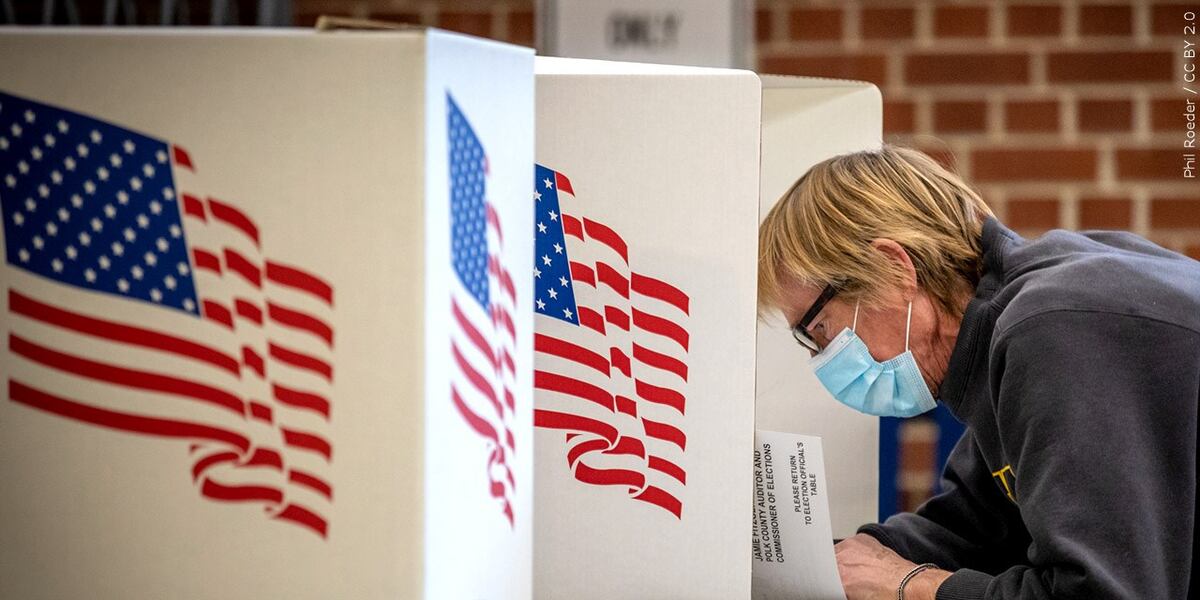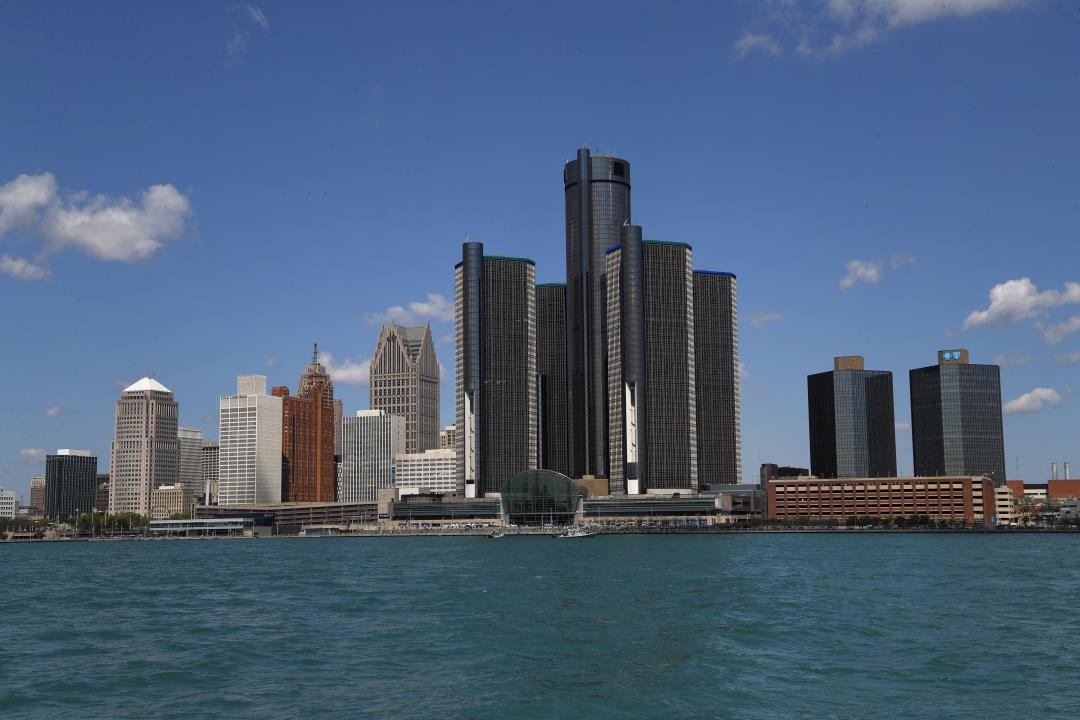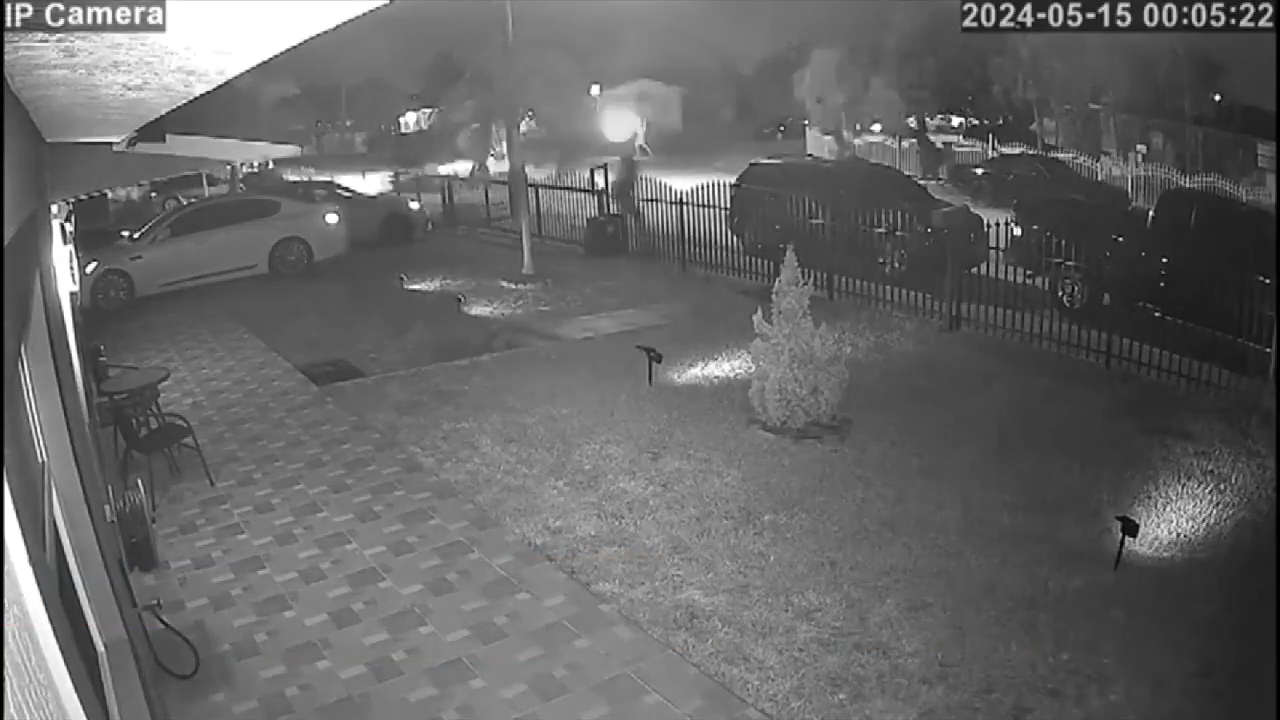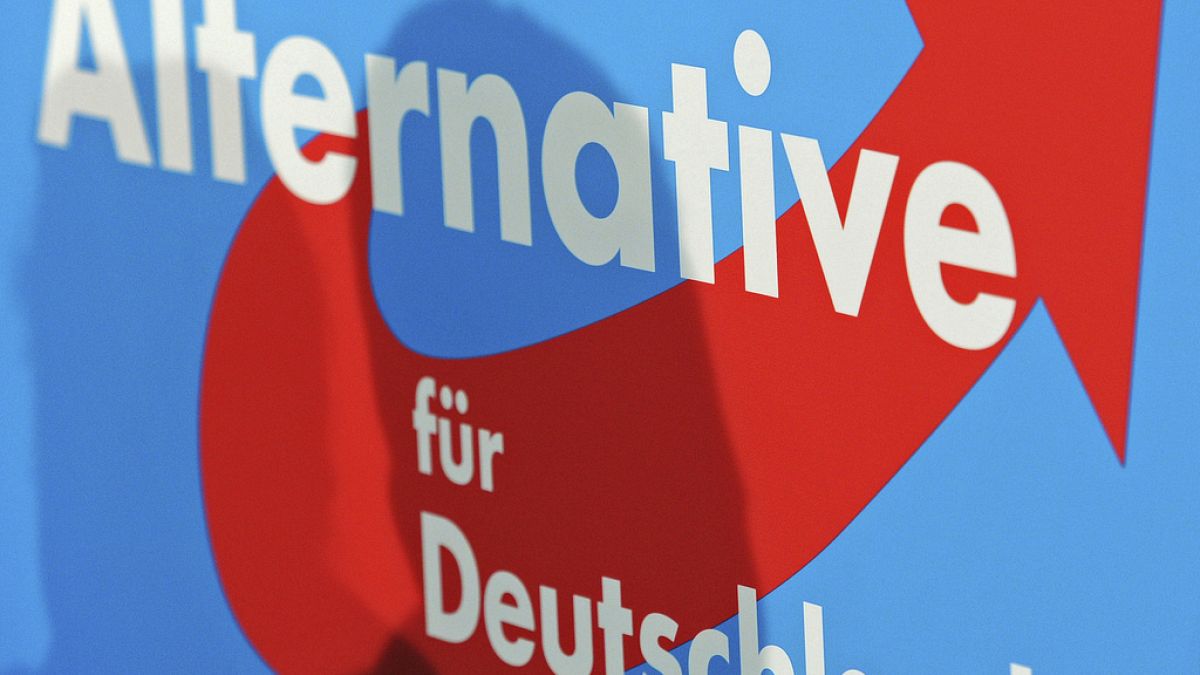Nebraska
University of Nebraska Board of Regents candidate profile: Jerome Wohleb

LINCOLN, Neb. (KOLN) – Jerome Wohleb is challenging Rob Schafer for his District 5 seat on the University of Nebraska Board of Regents. Also in the race is Gary Rogge.
District 5 includes southern Lancaster County and the counties of Seward, Saline, Jefferson, Thayer, Gage, Johnson, Pawnee, Richardson, Nemaha, Otoe and Cass.
We sent questionnaires to each candidate in the race. Responses from candidates are posted verbatim and not edited for spelling, grammar, or content.
Jerome Wohleb
District 5
Website: https://jeromewohlebforregent.com/
1. Please provide a brief overview of your background and what drives you to seek membership on this board.
I have been a faculty member for nine universities, participated on several non-profit Boards including leadership roles, I have attended all four Nebraska universities early in my career, and have had decades of experience leading change and improving cultures as a director in healthcare. I have a Doctor of Pharmacy degree, a Master’s in Business Administration and over 30 years of growing programs while balancing budgets.
The Board of Regents is responsible for many decisions that are key to the future success of the university and the state. As a regent I want to bring needed change by addressing 1) the ongoing attrition in experienced and effective University leaders, 2) improve the university’s “average” national ranking, and 3) attract enough students to meet our labor needs for highly trained graduates.
2. What issues in higher education would you like to tackle?
Several issues present which are critical to the success of the universities and our Nebraska’s economy.
- 1. Access to a college education (due to high tuition costs & limited scholarships).
- 2. Perception or reality that a college education is not worth it (declining applicants for our universities)- UNL is the lowest return on investment in the Big 10 for student dollars.
- 3. Decline of qualified teachers, doctors, pharmacists, and many other professionals that we expect from our universities in our communities.
- 4. Disconnect between the Board of Regents and University leadership including multiple levels within the universities. Many are put in a position to compete for resources versus sharing or collaborating for better outcomes. This is causing recruitment problems, retention problems and discontent across all campuses.
- 5. Research is critical to build if we want to grow and use less tax dollars! Huge opportunity in this area.
- 6. Fiscally sound decisions to generate results for monies allocated. Spending less may be the answer, but generally it is about resourcing the needs appropriately to create growth which brings additional revenues. Imagine how new “billion-dollar industries” in Nebraska could make a difference! They will not come without our universities creating talented labor and opportunities.
3. The University system has had to face significant budget cuts over the last few years – how would you balance the budget and preserve programs for students?
Every leadership role I have had over the last 30 years has faced the same question and, in every situation, I have been able to increase value (preserve programs) and cut the budget. This is a complex question to answer without the facts available for me to address effectively. However, most organizations have waste, most organizations compete for budget dollars (operational or capital) that need prioritization. We need to work with our businesses, our partners in the communities, our external funding sources (endowments, grants, research, etc.) towards a common win-win solution. In general, you cannot keep cutting resources and expect to have a successful outcome.
4. How would you work to support the University’s efforts to recruit students from across the state and the country?
This is a very appropriate question and needs immediate action. Nebraska high school graduation rates are projected to decline by 15% creating fewer college applicants and a reduction of skilled graduates. We must be able to recruit students from beyond the Nebraska bounders to meet our needs in Nebraska. I have been able to double our department staffing over 10-years due to recruiting across the United States. We need to create an environment that students will want to come to Nebraska, whether that is an improved athletic program (volleyball is a great example) or academics that pull in faculty and research to grow our programs. Given the proper leadership, incentives and focus, students will come, especially if we create a reason for them to stay after university training.
5. In the last few years there has been quite a bit of leadership turnover at the University System. With a new President coming in, as well as other new administrators, how will you help keep those leaders in place and increase stability for the University of Nebraska?
This is a big reason why I am running for a Regent position. As I understand, the Regents may be part of the reason why they are leaving. During my campaign, I have visited with Deans, faculty and others about this topic. The general consensus relates to: ineffective communications and collaboration between the regents and many at the universities.
This is another primary reason why I am running for regent. There needs to be effective collaboration and alignment of strategies, a listening ear, and a culture change. These are related to top leadership which appears to be related to Board actions. We must be able to retain our top talent and build a growth mindset. We currently have two open presidential roles for two of our universities. It is very challenging to lead without key roles in place or expecting leaders to do multiple roles.
6. Research is a priority for the University. How would you support those efforts as a Regent?
I totally agree that research is and should be a top priority. However, it is challenging to bring in new research or faculty when we are cutting or eliminating programs. Although we have a start, we are not competing with the rest of the Big 10 universities. The technology growth in Indiana and Kansas is happening now. For example, Kansas University of Engineering is the only Tier-1 designated institution in the state and immediate region. Undergraduate engineering students at KU learn from and work alongside world-renowned faculty members in state-of-the-art facilities. We need to push more resources into research and partner with investors and businesses to grow more talent and development in Nebraska.
7. What are your thoughts on the leadership of the Athletic Department over the last few years? Is there anything you would do differently?
I was under the impression that the vast majority of Nebraskans respected and valued Trev Alberts in this role. If you look at the improvements for many programs, it would suggest he was creating many successful programs. I hope we are able to recruit and retain similar talent going forward.
8. What are your thoughts on renovating Memorial Stadium?
I do understand there is an interest to renovate the South end of Memorial Stadium, but I have heard mixed responses from both ticket holders and fiscal conservatives. I would recommend getting more feedback on the rationale to make sure it is both cost effective and desired by our loyal fan base, especially the current ticket holders.
Click here to subscribe to our 10/11 NOW daily digest and breaking news alerts delivered straight to your email inbox.
Copyright 2024 KOLN. All rights reserved.

Nebraska
Central Nebraska locations among awardees of Dollar General Literacy grants

HASTINGS, Neb. (KSNB) – More than $40,000 has been awarded to Nebraska nonprofits, libraries and schools thanks to the Dollar General Literacy Foundation. Places including Axtell, Hastings, Kearney and Ravenna were among the nine Nebraska communities that received money.
Nebraska recipients include:
| City | Organization Name | Grant Amount |
|---|---|---|
| Axtell | Axtell Community School | $1,600 |
| Columbus | Platte Valley Literacy Association | $7,500 |
| Hastings | Hastings Literacy Program, Inc. | $5,000 |
| Kearney | University of Nebraska at Kearney Loper Launch | $2,500 |
| Lincoln | Linked2Literacy | $9,000 |
| Omaha | Boys & Girls Clubs of the Midlands | $3,000 |
| Omaha | Chicano Awareness Center dba Latino Center of the Midlands | $7,500 |
| Ravenna | Ravenna Public Library | $1,000 |
| Tekamah | Lied Tekamah Public Library | $2,500 |
| Valley | Valley Public Library | $500 |
The funds are part of the Foundation’s more than $10.6 million donated to support adult, family and summer literacy programs in the 48 states in which Dollar General operates. With these grants, the DGLF also surpasses helping more than 20 million individuals achieve their educational dreams since its inception in 1993.
“We believe individuals of all ages deserve access to a quality education, and the Dollar General Literacy Foundation is thrilled to support thousands of learners across the country as they enrich their lives with literacy and education,” shared Denine Torr, executive director of the Dollar General Literacy Foundation. “This year’s spring grant cycle is equally exciting as we surpass impacting more than 20 million individuals. We hope these funds provide resources needed to positively change students’ lives, helping them to build a brighter future for themselves and generations to come.”
Click here to subscribe to our KSNB Local4 daily digest and breaking news alerts delivered straight to your email inbox.
Copyright 2024 KSNB. All rights reserved.
Nebraska
Nebraska baseball enters regular-season finale with postseason hopes still on the line

LINCOLN, Neb. — Nebraska baseball has arrived at the final stop of an unusually twisted season. The Huskers will open a three-game series Thursday at Michigan State within reach of their third Big Ten championship in the past seven opportunities.
Nebraska is 32-18 and 14-7 in conference play. Its case for a spot in the NCAA postseason, to be unveiled May 27, appears strong, though it’s not entirely secure with the visit to MSU and a Big Ten tournament in Omaha still ahead.
On the surface, this is a satisfying position. Beneath the appearance of that smooth ride, Nebraska has endured a turbulent spring.
A window opened in March and April for the Huskers to earn an inside lane to go deeper into the postseason since they last won a regional in 2005. But now if Nebraska is to make a run, its path likely must resemble what coach Will Bolt’s team nearly pulled off in 2021. After winning the Big Ten, it pushed national power Arkansas to the final innings of a winner-take-all game in the Fayetteville regional.
“When you get knocked in the face,” outfielder Garrett Anglim said, “one thing you’ve got to do is get back up and show up the next day with that fight.”
Nebraska has absorbed its share of punches.
It’s not alone. The national picture entering the final days of the regular season is clouded. In some cases, it looks upside down. Perennial College World Series participants Vanderbilt, Florida, LSU, TCU and Texas are jumbled near Nebraska with RPIs from Nos. 28 to 44, according to warrennolan.com.
The Huskers come in at No. 31.
“Everybody has more access to talent than we’ve ever had in this sport,” Bolt said. “And it’s hard to win.”
GO DEEPER
College baseball in review: Chase Burns breaks record, Georgia keeps rolling, ECU stumbles
Bolt’s team has won just three of seven series finales against Big Ten foes. Nebraska dropped all three games against in-state rival Creighton and lost 10-6 against lowly South Dakota State on May 8, surrendering six runs in the ninth inning. The midweek defeats crushed hopes the Huskers might sneak into a spot to host an NCAA regional next month.
Two days after the SDSU meltdown, the Nebraska bullpen surrendered seven runs in the ninth against Indiana to lose 10-5.
But, true to the roller-coaster form, the Huskers followed with a pair of clutch wins against the Hoosiers to capture the series and stay alive in the Big Ten race. Nebraska needs to perform one game better than Illinois in this final week to secure a share of the regular-season title and snag the No. 1 seed next week in Omaha.
The Illini (30-17, 15-6 Big Ten) play at Purdue (33-19, 13-8) to end the regular season.
When these Huskers convened before the season, they established a set of defining characteristics. Among the words they selected was resilient.
“Having done this for a while now, the teams that typically are the best are the ones that don’t get too high or too low,” Bolt said. “Baseball can lend itself to being such an emotional roller coaster if you allow it to — because there’s so much failure.”
High moments for Nebraska have included:
• A solid first month that featured a stockpile of road wins against opponents out of conference to boost the Huskers’ RPI.
• Six series wins in seven chances in Big Ten play, powered in weekend openers by ace right-hander Brett Sears, who takes a 7-0 mark and a 2.11 ERA into his next trip to the mound Thursday.
• A no-hitter against Kansas State on May 1 thrown by lefty Jackson Brockett, the first by a Nebraska pitcher in 70 years.
• Last weekend’s showing to close the home season. Cole Evans hit a walk-off, three-run homer in the 10th inning to even the series against Indiana on Saturday. Then Brockett and reliever Drew Christo pitched Nebraska to its second Sunday victory since the start of April.
“Three weeks ago, I didn’t make the travel roster.
Tonight, I threw the first no-hitter for Nebraska in 70 years.”
The No-Hitter by @JaxBrockett13
📖: https://t.co/Ku26K0aR0r pic.twitter.com/dzzi7c8BLi
— Nebraska Baseball (@HuskerBaseball) May 14, 2024
When the midweek losses accumulated or when the relievers struggled, Anglim said the Huskers didn’t dwell on the negativity.
“If things don’t go our way,” he said, “it’s not the end of the world. It’s time to focus on the next thing.”
Nebraska has advanced to the NCAA regional round five times in the past decade. Bolt, as a player with the Huskers, was a four-year starter and played on the first two CWS teams in program history in 2001 and 2002.
In teams ready to make a run in June, he said he’s seen the kind of resiliency evident in the Huskers — and a tendency for older players like Brockett, Christo and Anglim to emerge from the shadows to play major roles.
Bolt played his best baseball over the final few games of his collegiate career, he said.
“You’ve got nothing to lose at that point.”
Left-handed reliever Caleb Clark, effective over his past nine outings since mid-April after a rocky start to his sophomore season, said the vibe among the Huskers is one of “pure excitement” as they head to Michigan State.
The series opener Thursday in East Lansing is scheduled for 5 p.m. First pitch is planned for 4 p.m. Friday and 11 a.m. Saturday. The Big Ten Network will televise the final two games of the series, presumably for the Huskers with a lot at stake.
“These were the goals that we set forth at the start of the season,” Clark said. “Being in this position is something that we expected of ourselves.”
(Photo of Cole Evans courtesy of Nebraska Athletics)
Nebraska
CASNR articulation agreements help students, boost workforce development
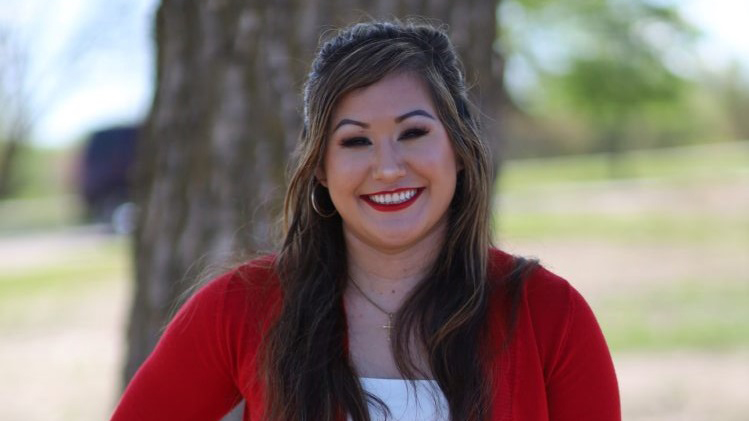
Luz Schafersman juggles big duties as a farm wife, working mom and part-time student in Hooper, Nebraska. While pursuing a two-year degree at Northeast Community College in 2021, she asked an important question about her career goals.
The natural resources conservation profession she decided to pursue requires a four-year degree. So, she wondered, does the University of Nebraska–Lincoln provide opportunities to pursue a degree using remote instruction and receiving credit for previous two-year studies?
She was relieved to find that the answer is “yes.” After two years of online instruction with Husker faculty, she is set to graduate May 18 with a Bachelor of Science in Applied Science.
This opportunity was made possible, she said, through innovative academic pathways supported by articulation agreements between the university’s College of Agricultural Sciences and Natural Resources and most Nebraska state colleges, community colleges and the Nebraska College of Technical Agriculture.
Under CASNR’s A to B Program, students can transfer credits and choose an instructional path that aligns with their career aspirations. They complete their degree on a schedule that works best for them. CASNR created the Bachelor of Science in Applied Science degree to increase access and opportunities.
“I truly credit CASNR for the ability to tailor your educational experience to fit your need,” Schafersman said. “It’s really wonderful.
“Not every person is one-size-fits-all. Everyone has different schedules, and I appreciate that CASNR worked with me on that so I could take as many courses as I needed and be able to graduate on time.”
Through the articulation agreements, CASNR and its education partners draw on their collective strengths to boost Nebraska workforce development.
The Northeast Nebraska Ag and Natural Resources Education Compact “leverages the collective efforts of the partners to serve students,” said Charlene Widener, vice president of educational services at Northeast Community College.
The collaborative approach “assists Northeast Community College students with articulation of credit as they transfer to CASNR, leading to reduced time to degree and earlier entry into the workforce.”
This statewide collaboration helps the more than 300,000 Nebraskans who have earned some academic credits but have no postsecondary certificate or degree. Nebraskans in the workforce who have an associate’s degree can boost their career advancement by pursuing a University of Nebraska–Lincoln bachelor’s degree while continuing to work.
“We think a lot about the continuum of learners and helping learners have an opportunity no matter where they are in their journey,” said Tiffany Heng-Moss, dean of the College of Agricultural Sciences and Natural Resources.
A partnership being developed between CASNR and NCTA will provide still another opportunity. CASNR students who want to gain practical, hands-on ag experience at NCTA’s facilities will be able to use a reverse-transfer option to include study at the campus in Curtis.
“We are excited about what the reverse transfer will do for not only NCTA students, but also students working toward a bachelor’s degree in CASNR who want to leverage experiential learning opportunities from NCTA,” said Larry Gossen, dean of the Nebraska College of Technical Agriculture.
“NCTA works to build relationships with many industries throughout Nebraska,” said Jennifer McConville, NCTA associate dean. “Through these relationships, these employees value the skills acquired through NCTA programs.”
Heng-Moss said: “We have demonstrated that we put students first, in recognizing that students have these different starting points and how we can leverage the strengths across institutions to meet students’ needs.”
Schafersman said she was helped greatly by the support from multiple CASNR team members, including her academic adviser Katie Forrest. Marybeth Helmink coordinates CASNR’s transfer program.
“They were incredibly helpful,” Schafersman said. “They gave me so much information about what to expect as a full-time student and an online student.”
Another plus was the ease of use of CASNR’s online instruction. Schafersman said it is very interactive.
“The instructors do a really good job trying to connect with their students and having students connect with each other,” she said. “The interaction, the involvement, the communication have been really amazing.”
CASNR has articulation agreements with NCTA, Chadron State College, Wayne State College and these Nebraska community colleges: Central, Metropolitan, Mid-Plains, Nebraska Indian, Northeast, Southeast and Western.
-

 Politics1 week ago
Politics1 week ago'You need to stop': Gov. Noem lashes out during heated interview over book anecdote about killing dog
-

 News1 week ago
News1 week agoMan, 75, confesses to killing wife in hospital because he couldn’t afford her care, court documents say
-

 Politics1 week ago
Politics1 week agoRFK Jr said a worm ate part of his brain and died in his head
-

 Politics1 week ago
Politics1 week agoBiden takes role as bystander on border and campus protests, surrenders the bully pulpit
-

 World1 week ago
World1 week agoPentagon chief confirms US pause on weapons shipment to Israel
-

 Politics1 week ago
Politics1 week agoHere's what GOP rebels want from Johnson amid threats to oust him from speakership
-

 World1 week ago
World1 week agoConvicted MEP's expense claims must be published: EU court
-

 World1 week ago
World1 week agoPro-Palestine protests: How some universities reached deals with students



